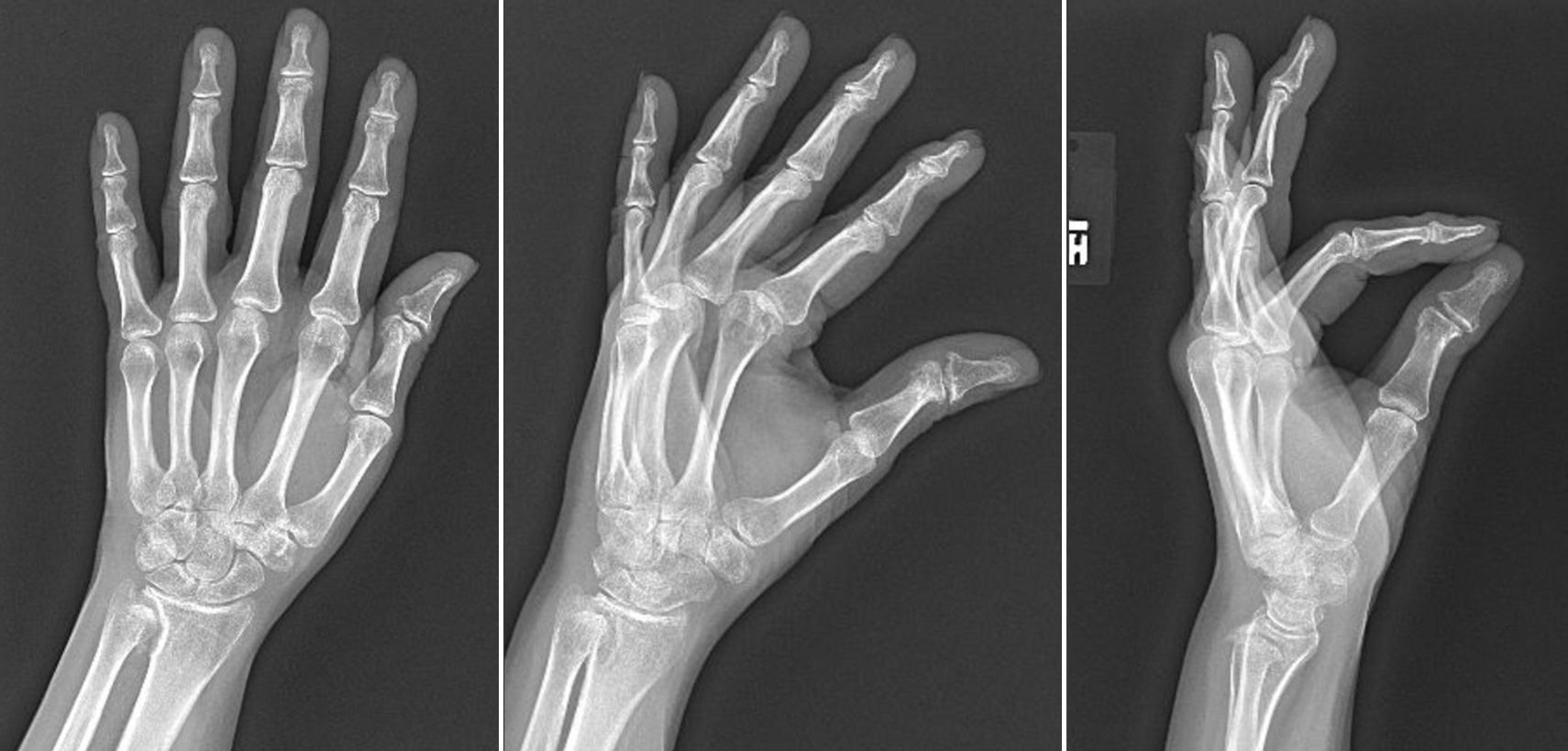Physical Address
304 North Cardinal St.
Dorchester Center, MA 02124
The goal of surgical treatment of distal radioulnar joint (DRUJ) arthritis is to eliminate the articulation between the distal ulna and the sigmoid notch. Options include distal ulna resection (Darrach procedure) or hemi-resection (Bowers procedure; see Chapter 51 ), DRUJ arthrodesis (Sauvé-Kapandji procedure; see Chapter 50 ), and ulna head replacement.
The Darrach procedure is indicated in low-demand patients with chronic DRUJ pain or instability from posttraumatic arthritis, osteoarthritis (OA), or rheumatoid arthritis (RA).
DRUJ incongruity is common after intraarticular distal radius fractures, and malunion can lead to persistent pain. Elderly patients may benefit from distal ulna resection.
There is a theoretical risk for ulnar translation of the carpus after excision of the ulna head. Some authors recommend DRUJ arthrodesis (Sauv-Kapandji procedure) in younger and high-demand patients to reduce this risk; however, studies show no difference in long-term, functional outcomes. Risk factors for ulnar translation of the carpus include increased radial slope (≥23 degrees) and destruction of the ulnar corner of the distal radius.
Young patients with DRUJ incongruity after a distal radius malunion may be better treated with a radial osteotomy.
There are many structures around the wrist that can cause pain, such as the DRUJ, the triangular fibrocartilage complex (TFCC), lunotriquetral (LT) ligament, extensor carpi ulnaris (ECU), flexor carpi ulnaris (FCU), and pisotriquetral joint. The goal is to delineate the exact location and cause of pain. Each structure has a specific treatment.
The patient is asked to identify the point of maximal tenderness, and this is confirmed with palpation.
Active and passive range of motion (ROM) are assessed for wrist flexion/extension, radio-ulnar deviation, and pronation/supination. Any tenderness or crepitus with motion is documented.
The ECU and FCU tendons are palpated. Tenderness and swelling indicate tendinitis. Palpate for ECU subluxation during forearm rotation.
An ulnocarpal stress test is performed by ulnarly deviating and axially loading the wrist. Pain may indicate ulnar impaction syndrome.
To perform the fovea test, palpate at the ulnar side of the wrist between the FCU and ulnar styloid. Pain is highly sensitive for TFCC tears.
LT instability is identified with the LT shear test. The lunate is stabilized between the examiner’s thumb and index finger, and the triquetrum is sheared against the lunate in a dorsal-palmar direction with the examiner’s other hand.
Pain with compression of the distal forearm indicates DRUJ pathology.
DRUJ stability is checked in all forearm positions. An unstable DRUJ clunks as the ulna head dislocates and reduces during forearm rotation. Compression across the joint may accentuate the clunk. Any abnormal translation of the ulna on the radius indicates instability, and this should be compared with the contralateral side.
Caput ulnae syndrome is characterized by weakness, pain with forearm rotation, stiffness, dorsal prominence of the ulna head (which is typically reducible with painful crepitus), and bulging of the synovial bursae of the ECU and other extensor compartments. This is sometimes seen in RA patients and is treated with a Darrach procedure.
Standard posteroanterior (PA), oblique, and lateral views of the wrist are mandatory ( Fig. 49.1 ).

Ulnar variance is measured on the PA film.
Findings that suggest instability include widening of the DRUJ, an ulnar styloid base fracture, a fleck fracture from the fovea, and more than 5 mm of ulnar-minus variance compared with the contralateral wrist. DRUJ instability is accentuated in a lateral stress view; the patient holds a 5-lb weight with the forearm in pronation and the x-ray beam is directed cross-table.
Carpal alignment is carefully evaluated. Suspicion of carpal dissociation should be investigated using arthroscopy or magnetic resonance imaging (MRI). When indicated, carpal stabilization is performed during the same surgery with a Darrach.
Computed tomography (CT) scans of both wrists in pronation-supination and neutral position are useful when the diagnosis is unclear. CT scans can evaluate sigmoid notch competency and morphology, congruency of the ulnar head, and DRUJ arthritis.
MRI is useful to identify tears of the TFCC or lunotriquetral ligaments and other soft tissue pathology. Dynamic imaging can reveal the lesion and instability of the DRUJ or ulnocarpal joint.
Become a Clinical Tree membership for Full access and enjoy Unlimited articles
If you are a member. Log in here